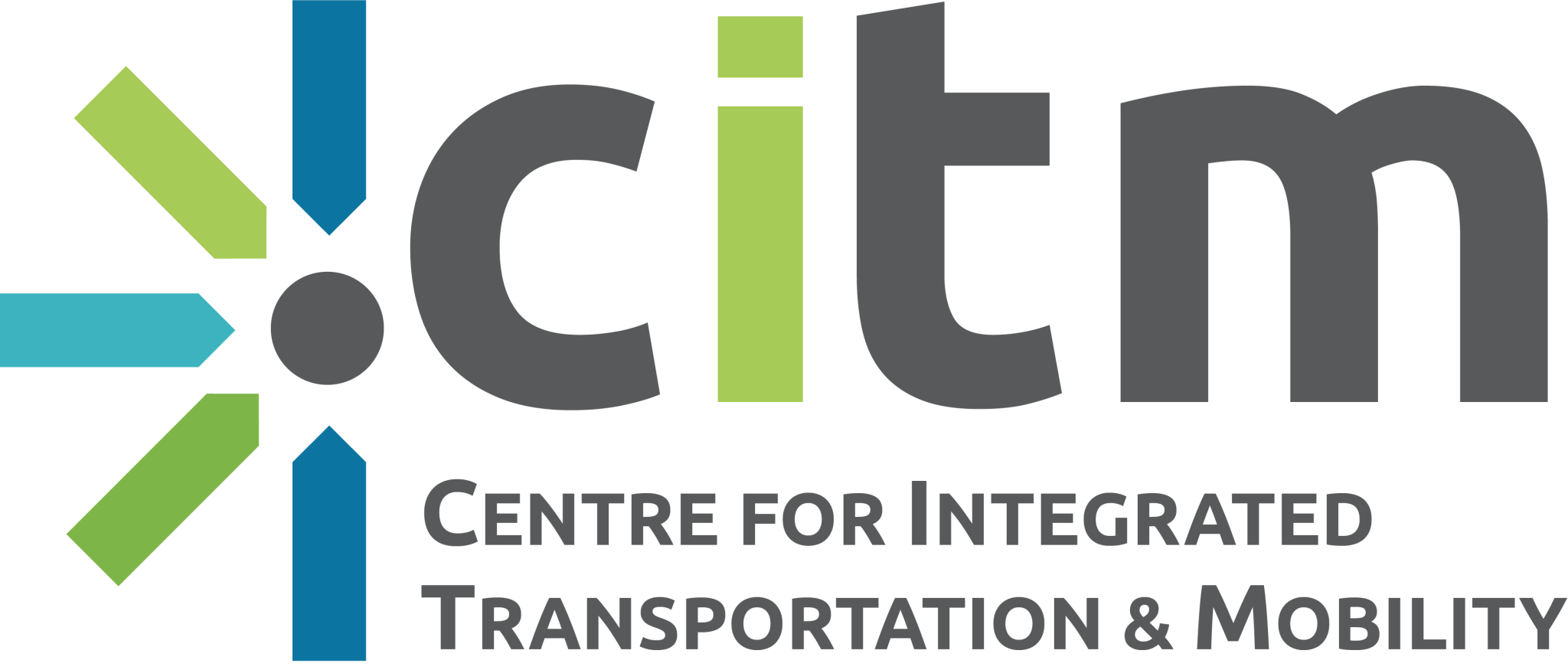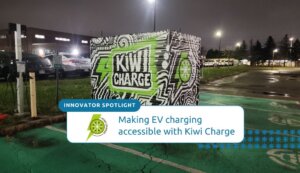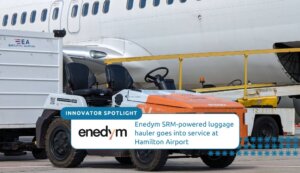Canada – home of Brazil’s newest motorcycle?
That’s the business plan for Auper Motorcycles Inc., based here in Hamilton. The Auper Incity electric motorcycle is being developed with assistance from heavyweights such as the McMaster Automotive Resource Centre and McMaster University tech startup Enedym Inc., and its chief executive officer says it couldn’t happen better anywhere else.
“I came to Canada to found Auper, because doing in Brazil what we’ve done here would be next to impossible,” Silvio Rotilli Filho says. “The centre here is world-recognized as state-of-the-art, and we can access an unmatched intellectual pool.”
Mr. Rotilli came from Brazil in 2017 to earn his PhD in electrical engineering at McMaster University, studying electric motor controls and vehicle controls. All along, he says, he wanted to create an electric motorcycle for his home market that would address the country’s specific challenges, and now he’s almost there. In January, he says the company will begin building 1,000 Incity motorcycles at an assembly plant in the state of Rio Grande Do Sul in the south of Brazil to introduce to local roads.
Canada’s motorcycle market is relatively small, and the demand for bikes is different, with owners here preferring larger machines for recreational riding in warmer months. In Brazil, however, many people rely on motorcycles for daily transport, and they want smaller bikes for year-round commuting.
Motorcycle theft is an enormous problem in Brazil, Mr. Rotilli says, with 40,000 bikes stolen each year just in Sao Paulo, its largest city. Almost all are chopped up for parts, like the Honda CG160 that is the country’s most popular motorcycle. Mr. Rotilli has a solution for this: The main components of the Auper use encrypted software, so they can only be applied to the original machine and are useless as replacement parts. Most motorcycles stolen in Brazil are stolen for parts and they look for specific models, which wouldn’t be the Incity. Thieves also wouldn’t be able to hack into it to start the motor.
The Incity can do this because its all-electric architecture makes it a comparatively simple motorcycle. Basic parts such as wheels, brakes and suspension are provided by outside manufacturers, but the core electronics of the bike, including the motor and battery, are sourced entirely in-house. This means it only needs one central computer unit, integrated into every part of the motorcycle.
“Integration reduces the complexity of the system,” Mr. Rotilli says. “It’s a completely different architecture of building motorcycles, and it’s this that makes us unique. Electric motorcycles today just replace the engine with a motor, and the gas tank with a battery pack, which is fundamentally the same as a gas bike. What we did is fundamentally change everything. Let’s make it the right way. Let’s develop the technology and simplify things.”
The result is a commuter motorcycle that will sell in Brazil for less than 18,000 Brazilian real ($5,000) with a range of 100 kilometres and a 4.8-kilowatt-hour lithium-ion battery. Longer ranges will be available with more battery power, up to 230 kilometres, but will cost no more than $7,500. The motor is magnet-free, which was the greatest challenge to develop because the early magnet-free motor was noisy and subject to torque oscillation; Enedym’s engineers solved those issues, Mr. Rotilli says, and the lack of magnets now reduces the cost and simplifies the supply chain of required resources.
Mr. Rotilli says he’s responsible for the engineering of the Incity, while another Brazilian and McMaster graduate, Alan Callegaro, is the company’s chief technology officer who developed the bike’s electronics and hardware. A designer in Chicago, David Ofori-Amoah, created the look of the bike, and they were originally bankrolled with a small investment from adviser and co-founder Ali Emadi of McMaster’s faculty of engineering, who is also CEO of Enedym, which develops electrified powertrains.
Auper considers itself a technology company, and Mr. Rotilli says it is already making money from the sale and licensing of its intellectual property (IP).
“We’re already revenue-positive,” he says. “We have partners that need to develop battery packs, so we share the right of use and commercialization, and we get paid. Because we’re a technology company first, we can do these things. For example, Enedym is making the motor and powertrain for us, and we developed some of the integrated systems with them. They pay us for the service we do for them.”
Another partner company in Canada, which Mr. Rotilli declined to name, provides battery management systems for less exotic machinery such as golf carts and lawn mowers. “The motorcycle is just one piece of [Auper], but it’s a very nice piece – it helps a lot with attracting people to work with us,” Mr. Rotilli says. “If we hire saying, ‘Do you want to work with us to make a better battery management system for lawn mowers?,’ it will be hard to find people. But if you say, ‘Do you want to come with us, and we are building this amazing motorcycle,’ well, that’s different.”
There is a working prototype of the Incity inside Auper’s office space at the McMaster Innovation Park, and it’s been tested over the past year on the dynamometer – which measures torque and power – and the race track. Three more prototypes are being built in Brazil for final testing, Mr. Rotilli says, before the initial production run early next year. The plan is for Auper to operate its own domestic assembly plant with a sales target of 10,000 bikes in 2026. If that sounds ambitious, consider that 1.5 million new motorcycles are sold in Brazil each year.
The key is to be affordable, Mr. Rotilli says, but not so cheap and basic as the market demands in regions like Southeast Asia. The Incity will have a top speed of 150 kilometres an hour to keep up with Brazilian traffic. At the same time, in a country that has 20 million motorcycles on its streets, it will emit no pollutants.
“The market segment is broken,” Mr. Rotilli says. “If you want to compete with gas bikes, you need to be several times better. At the end of the day, you can keep the narrative of sustainability, but if your performance is not better – and it’s hard to compete with gas bikes if the [electric motorbike’s] range is an issue or you can’t get up to highway speeds – then the only advantage is sustainability. And to be fair, consumers today care very little about sustainability.
“Cheap electric bikes have a strong place in India and Asia. They have low performance and are unreliable, but they have their place. There’s no highway-capable mid-performer that is affordable and different. There’s nothing in the middle, which is where we are [with the Auper Incity].”
Does Mr. Rotilli foresee selling Auper motorbikes one day in Canada?
“It will depend on demand,” he says, “but Canada will probably be the first country outside of Latin America [to sell the Auper] – it could first be here in 2026. And the headquarters will still be in Canada. All the IP is here in Canada. We will generate qualified jobs in Canada for developing the technology. Strategically, Canada is very, very important to us.”








